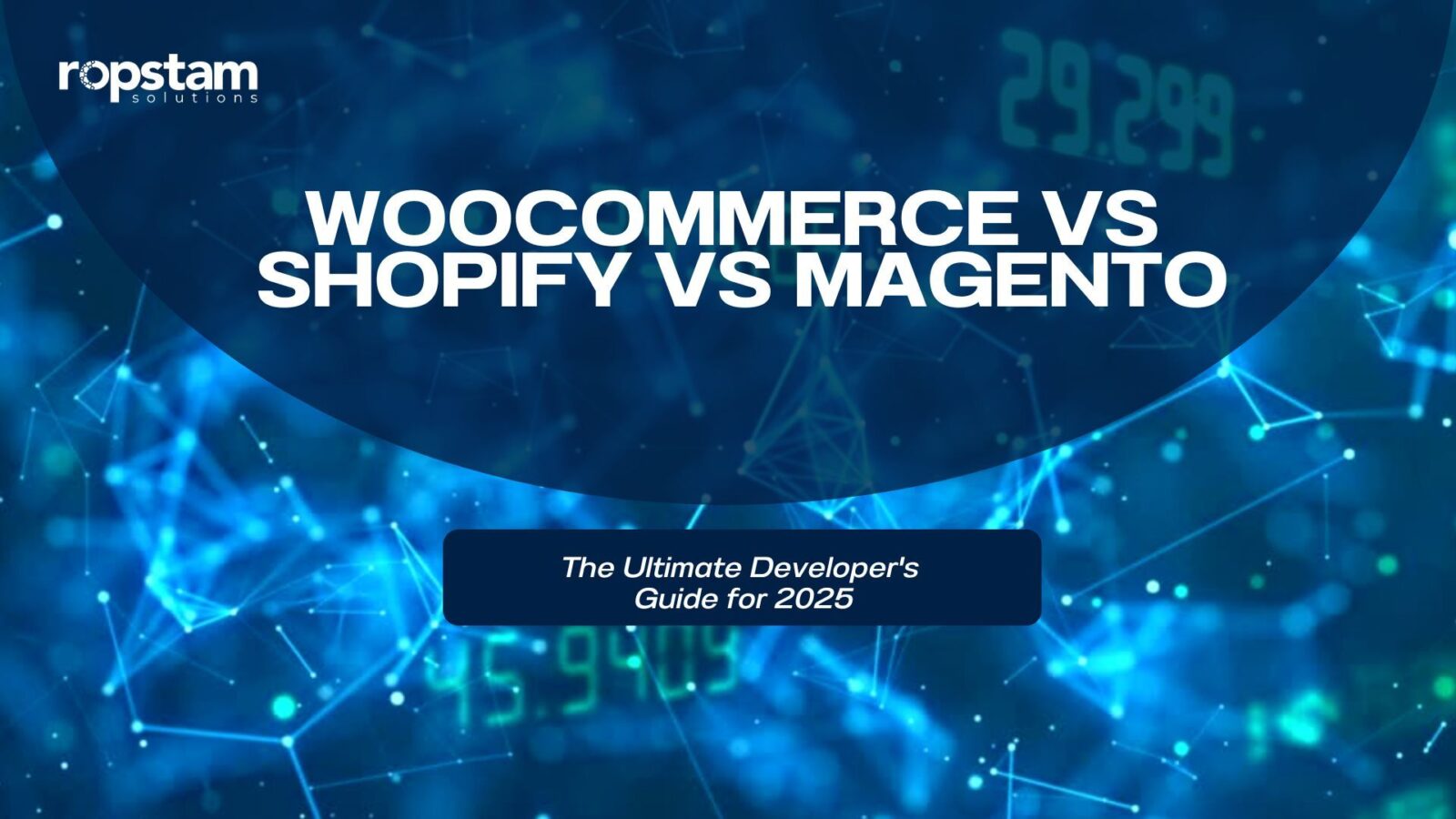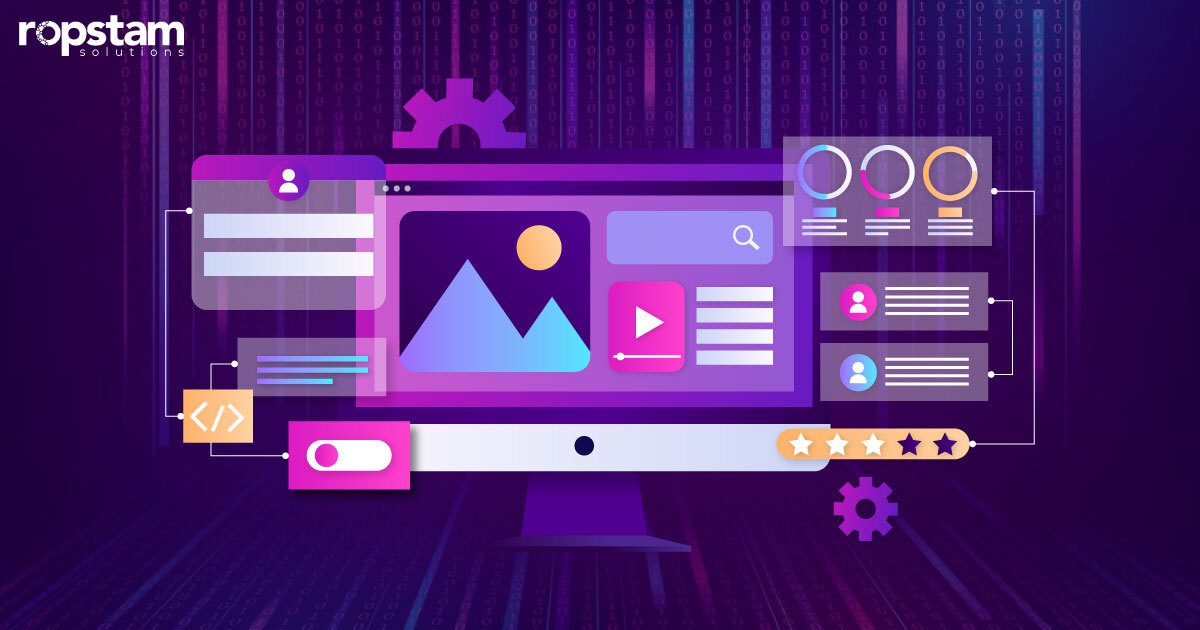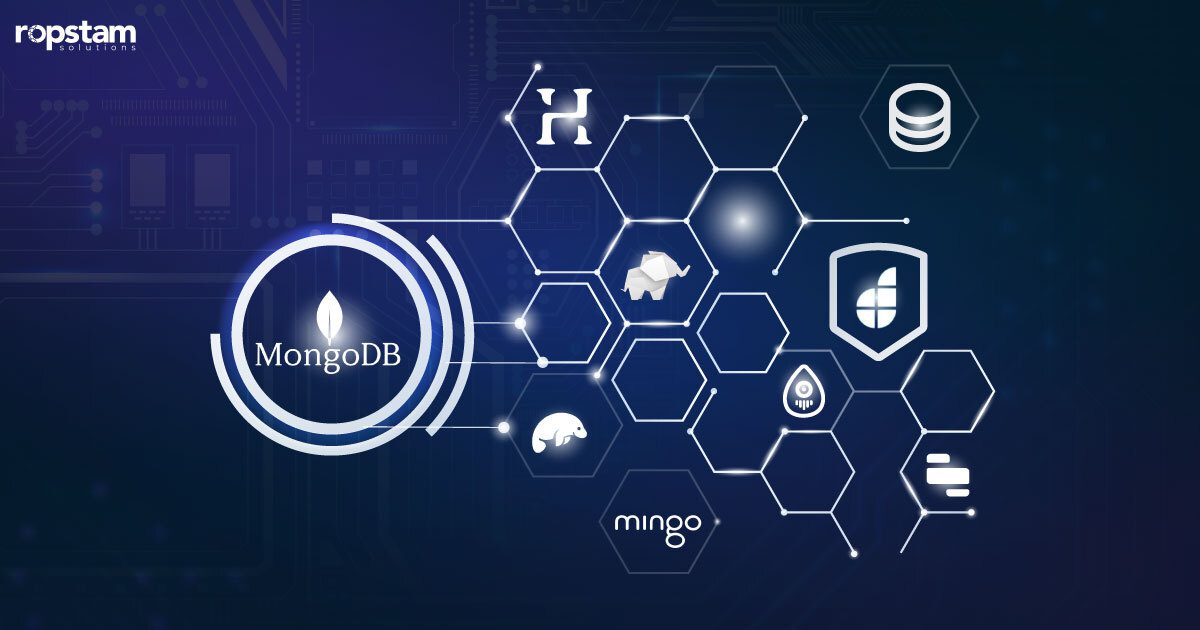WooCommerce vs Shopify vs Magento: The Ultimate Developer’s Guide for 2025
In the fast-paced world of eCommerce development, picking the right platform isn’t just a business decision it’s a technical commitment. As a developer or tech-driven team, your choice between WooCommerce, Shopify, and Magento will define the flexibility, scalability, and maintainability of your entire project architecture. Whether you’re building custom solutions, scaling an existing store, or consulting for clients, understanding the deeper technical capabilities of these platforms is essential in 2025.
WooCommerce: For the WordPress Power Users
WooCommerce is an open-source WordPress plugin designed to turn any site into a customizable eCommerce machine. It’s the perfect playground for developers comfortable in the PHP/WordPress ecosystem who want total control.
Why Devs Love It:
- Full access to the WordPress core, hooks, and filters
- REST API for custom integrations
- Flexibility in templating and backend logic
- Huge ecosystem of developer-focused plugins
Considerations:
- You manage hosting, performance tuning, and security patches
- Heavy reliance on plugins may introduce bloat if not managed carefully
Shopify: Rapid Prototyping & Product-First Mindset
Shopify is a SaaS-based eCommerce platform aimed at ease of use — but developers aren’t left out. The Shopify CLI, Liquid templating engine, and Storefront API make it viable for custom development and headless eCommerce.
Why Devs Consider It:
- Fast setup with managed hosting
- Custom themes using Liquid
- Storefront & Admin GraphQL APIs
- Shopify Hydrogen (React-based framework) for headless builds
Drawbacks:
- Limitations around backend logic and server-side customization
- Paid plans & transaction fees may limit experimentation for early-stage builds
Magento (Adobe Commerce): Enterprise-Level Engineering
Magento, now Adobe Commerce, is the go-to platform for high-volume, complex commerce solutions. It offers a modular architecture perfect for deep customization and integration with enterprise-level services.
Why Advanced Devs Use It:
- Modular MVC architecture using PHP and XML
- Advanced product and catalog management
- Supports multi-store, multi-language, and B2B workflows
- Custom modules and integrations through Composer
Challenges:
- Steep learning curve
- Requires robust server resources and DevOps knowledge
Advanced SEO & Performance Considerations
- WooCommerce: Supports advanced SEO via plugins (Yoast, Rank Math). Caching and performance depend on the chosen stack (e.g., NGINX, Redis, Varnish).
- Shopify: Decent out of the box but lacks granular SEO control (e.g., rigid URL structure, limited metadata).
- Magento: SEO-rich features out of the box, and developers can tune everything from canonical tags to sitemaps.
Winner for SEO Control: Magento (advanced level); WooCommerce (developer-friendly)
Headless & Composable Commerce Readiness
- WooCommerce: Headless setups possible via REST API or GraphQL plugins. Good fit for JAMstack.
- Shopify: Offers Hydrogen for React-based frontends and Storefront API for headless commerce.
- Magento: Headless ready with PWA Studio and GraphQL API. Ideal for decoupled architectures.
Winner: Depends on stack preference. Shopify (React), Magento (PWA/enterprise), WooCommerce (light JAMstack)
CI/CD, Version Control & Deployment
- WooCommerce: Supports Git, Composer, and WP-CLI. Can be easily integrated into any CI/CD pipeline.
- Shopify: Git-based theme development supported. Limited in CI/CD unless using Hydrogen or headless setups.
- Magento: Robust CI/CD pipelines possible. Adobe Cloud offers built-in deployment tools.
Developer Support & Community
- WooCommerce: Huge WordPress dev community; forums, GitHub repos, Stack Overflow active.
- Shopify: Excellent documentation; partner program; dev community around Hydrogen is growing.
- Magento: DevDocs, Magento Stack Exchange, and enterprise-level Slack communities.
Conclusion
Choosing between WooCommerce, Shopify, and Magento isn’t just about features, it’s about what fits your development style, business scale, and team capabilities. From modular PHP engineering to JAMstack setups and headless frontends, these platforms serve different needs at different scales. Know your stack. Know your client’s growth plan. Then build accordingly.













